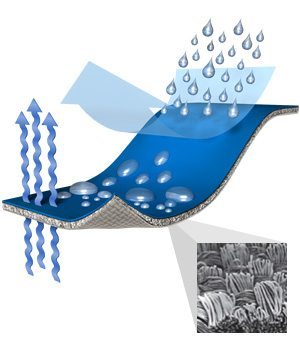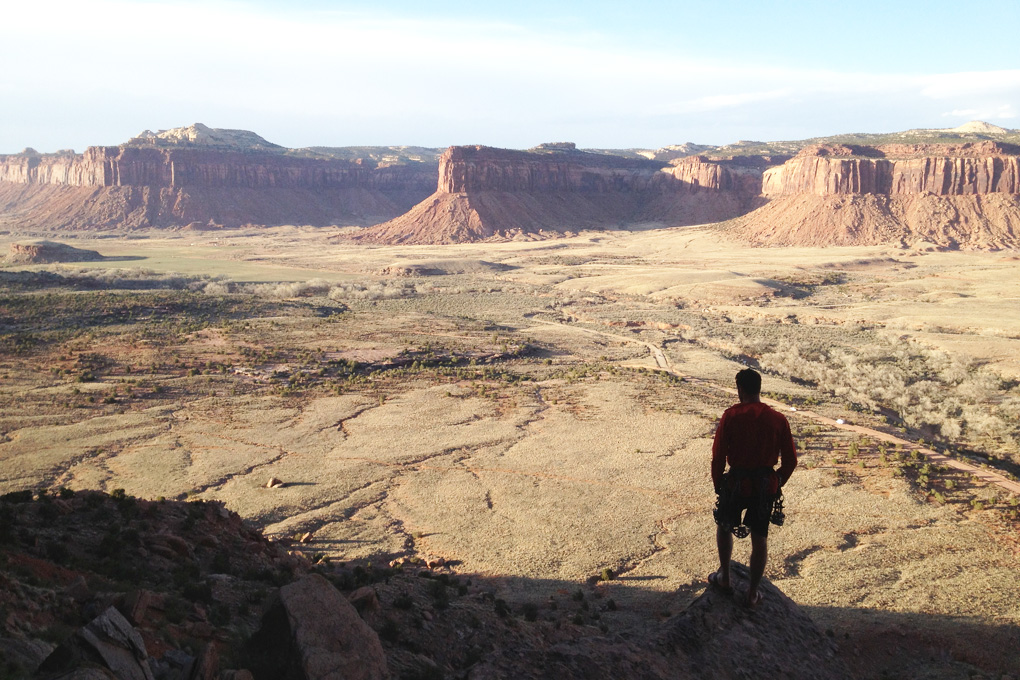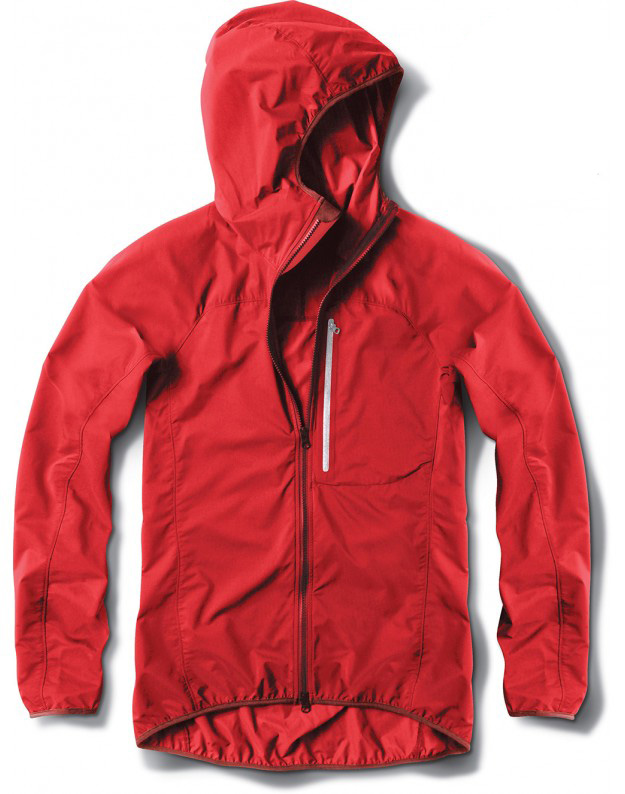Size: Large
Reviewer Info: 6’3”, 185 lbs.
Features:
- Athletic hood
- 1 Napoleon pocket
- YKK 2-way VISLON
- Low profile moulded cuff tabs
- Raglan sleeves
Construction:
- Pertex® Equilibrium®
- 18 SPI
- Laminated zippers
- Laminated cuff & hem
Test Locations: Eldorado Canyon, Indian Creek, Fisher Towers, Clear Creek Canyon, Denver
Days Tested: 30
MSRP: $140
When the Westcomb Crest Hoody arrived at my house—in an envelope rather than a box—I was skeptical.
Even for a minimalist softshell, this thing is so thin it vanishes. Combine thin dimensioning with an already-lightweight material (Pertex Equilibium, in this case), and the size large that I tested comes in at an astounding 6 ounces.
This makes the Crest feel like the product of a maniacal devotion to the light-is-right school of thought, part of the reason it has garnered some attention from the outdoor community. While lightweight is indeed a boon in the backcountry, it often comes at a cost, and anyone who has spent even a moderate amount of time in the alpine or on a long trail will know that weight, while important, is hardly a stand-alone metric for performance.
Technical Details
Before the field testing and anecdotal evidence, a quick tour of the jacket from a technical perspective.

The Crest is made from Pertex Equilibrium, a synthetic fabric with a tight duplex weave that is meant to wick moisture and be water- and wind-resistant, which is not to be confused with water- and wind-proof. The distinction is important, but is sometimes hidden behind words like “weatherproof.” To be sure, the Crest is a softshell and will get wet given sufficient time and exposure to rain.
The Pertex Equilibrium is paper-thin, and has a bit of stretch in it. The science behind the fabric is that thin fibers simultaneously create a tight weave (helping keep out light rain) while creating small spaces that encourage the natural capillary action of water (to spread the water over a large surface area and promote ventilation of moisture from inside the shell).
The jacket is otherwise fairly minimalist in its design. A full zip in the front, a mesh breast pocket on the left side, Velcro to cinch down the sleeves at the wrist, and a hood just large enough to accommodate a helmet pretty well describe the jacket in its entirety.
Fit
The cut of the Crest Hoody is athletic and just long enough that it fits comfortably under my harness waist belt without riding up and obstructing the gear loops constantly. These may sound like trivial considerations, but lack of these features can be a deal-breaker for me. Clearly a lot of careful thought went into the shape and cut of the jacket, and the result is a loose and comfortable fit without having excess fabric bunching up or otherwise getting in the way.
The Crest is also a couple of inches longer than most shells out there and has, at least in the large, longer sleeves, to boot. These are both elements that I appreciated; it’s not like the extra fabric is weighing the jacket down, and there’s nothing more maddening that an outerlayer that is too short on the torso or sleeves. (For comparison, I have an old Arc’Teryx Theta AR hard shell in a medium that fits comparably.)
Performance
Backing up to the macro scale, the fabric succeeds at both resisting water and wicking sweat reasonably well. In a consistent rain, I would eventually get wet, starting with the areas around the pack straps, harness straps, etc., but a passing shower wasn’t an issue. Because it is so thin and slightly more permeable than a true waterproof / breathable shell, however, it wicks faster and more effectively than most waterproof alternatives.
Wind resistance was a bit less impressive for this exact reason. The material is a bit more permeable than a hard shell, and this is compounded by how thin the fabric is. Hard wind would cut through the jacket, and, while it’s certainly better than nothing, it doesn’t eliminate cold gusts completely.

The other side of this coin is that because the Crest Hoody is so unbelievably light and thin, it packs down to about the size of an apple. On multiple occasions I took it climbing on multipitch outings in Eldorado and was able to store it in my pocket while climbing and throw it on once I was at the belay. At 6 ounces, it’s negligible to bring along for almost any sort of climbing I was doing.


Ok, I haven’t tried it yet, but after reading this and further research the Equilibrium fabric, I think this could usher in a new class of shell. With the advent (to me, a grampa in this industry) of much lighter, compressible fleece fabrics like Polartec Regulator (at least Patagonia calls it that) and I”m sure many similar ones, it is very hard to see the need for a lined shell. In my opinion a shell like this combined with an R1 Flash Pullover (or similar) is close to perfect for almost any conditions. If you get wet, this stuff dries so fast, and wicks, and disperses moisture, that you aren’t gonna be wet long.
Of course, that durability issue is something, but let’s be honest…who even among climbers who go every weekend or more, really climbs OW or chimneys much? Nobody. In those rare times wear something else, like an old flannel shirt, an old pile jacket, or whatever…if you are doing chimneys, you might as well be retro anyways…major style points for a vintage, ugly pile jacket you found in your dad’s attic! :-)